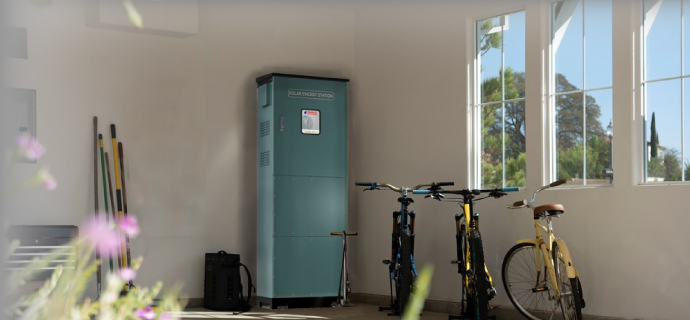Researchers have succeeded in turning the sand desert in Arabia into a solar concentrator to store thermal energy up to 1,000 degrees Celsius.

This research project, called “Sand Warehouse”, is looking for low-cost, gravity-fed sunlight receivers and storage systems, heat absorption by sand molecules, heat transfer and energy storage. heat.
The Masdar Institute of Science and Technology is an independent research institute focused on advanced energy and sustainable techniques.
Dr. Behjat Al Yousuf, Deputy Director of Masdar Research Institute said: “The success of the ‘Sand Warehouse’ study makes us more confident in the strength of the locality.
We will scale up our solar research and are confident that it will continue to be successful.”
Replacing the old heat storage material of synthetic oil and molten salt with sand at a low cost will increase the efficiency of the machinery.
The analysis shows that desert sand can be used as a heat storage material at temperatures of 800-1000 °C.
Analysis of the chemical composition of sand by X-ray fluorescence and X-ray diffraction techniques showed that the sand is mostly quartz and carbonate.
The radiant reflectance of the sand is also measured before and after a calorific cycle. Desert sand can not only be used as a heat storage material, but also as a material to directly absorb sunlight in a concentrated stream of sunlight.
Dr Nicolas Calvet said: “The ability of sand in a desert environment like the one in Arabia allows to reduce the cost of a new type of solar power plant that can use sand both as a heat storage material and as a material. absorb the sun.”
The next step of the work is to test the enhancement of the heat storage efficiency of sand on a pre-commercial scale at Masdar Research Institute by lowering the focused beam of light, potentially industrial cooperation.

